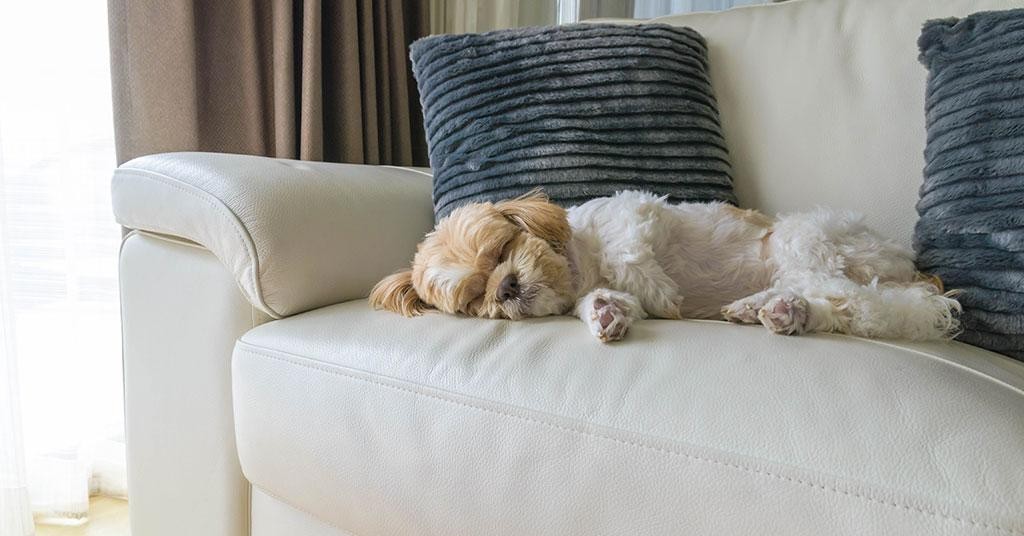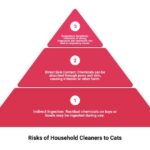Choosing the right upholstery fabric is a crucial decision for any pet owner. Our furry companions bring joy and love into our homes, but they also bring unique challenges when it comes to maintaining our furniture. From muddy paws and shedding fur to the occasional scratch or accident, our sofas and chairs can take a beating. Among the many fabric options available, chenille stands out for its soft texture and inviting appearance. But Is Chenille Pet Friendly? This is a vital question for pet owners to consider before making a furniture purchase or reupholstering existing pieces.
Chenille is loved for its distinctive pile and luxurious feel. However, when it comes to homes with pets, particularly cats and dogs, chenille might not be the best choice. While visually appealing and comfortable, its unique characteristics can make it less than ideal for withstanding the wear and tear that comes with pet ownership. Let’s delve into the specifics of chenille fabric and explore why it may not be the most pet-friendly option, and what alternatives you should consider to keep both your pets and your furniture happy.
Understanding Chenille Fabric and Its Properties
Chenille is defined by its pile, which is created by short lengths of yarn, called “pile” or “nap,” that stand up from the base weave. This construction is what gives chenille its signature softness and textured appearance. Think of it like a caterpillar’s fur, which is, in fact, where the name “chenille” originates from – the French word for caterpillar.
While beautiful, this looped pile construction is precisely where the problem lies for pet owners. These tiny loops, which contribute to chenille’s plush feel, are also incredibly vulnerable to damage from pet claws.
The Drawbacks of Chenille for Pet Owners
- Snagging and Pulling: A pet’s claws, even when just walking or settling on furniture, can easily snag the loops of chenille fabric. This leads to pulled threads, unraveling, and a generally worn and unsightly appearance over time. Cats, with their natural scratching instincts, are especially likely to damage chenille upholstery.
- Soiling and Cleaning Challenges: While chenille can be durable in terms of general wear, it is often easily soiled. The textured surface can trap dirt, pet hair, and moisture. Cleaning chenille can also be challenging. Depending on the fiber content (chenille can be made from cotton, silk, wool, or synthetic blends), it may require specific cleaning methods, and stains can sometimes be difficult to remove without damaging the delicate pile.
- Repair Difficulties: Unlike tightly woven fabrics where minor scratches might be buffed out, damage to chenille is often irreparable. Pulled loops and significant snags are hard to fix and can detract significantly from the furniture’s look.
Pet-Friendly Fabric Alternatives: Durable and Stylish Options
Fortunately, pet owners don’t have to sacrifice style for practicality. Many fabrics offer both durability and aesthetic appeal, making them excellent choices for homes with animals. Here are some top pet-friendly alternatives to consider:
- Microfiber: Often made from polyester or nylon, microfiber fabrics are synthetic and known for their tight weave. This tight weave makes them resistant to pet hair clinging to the surface and also provides good stain resistance. Microfiber can mimic the look of suede or silk, offering a soft feel with added durability.
- Leather: A classic and sophisticated choice, leather is surprisingly pet-friendly. It doesn’t attract pet hair, is relatively stain-resistant, and is very durable. While claws can puncture leather, distressed leather can actually hide scratches well. Regular cleaning and conditioning will keep leather furniture looking its best.
- Vinyl: Vinyl offers a leather-like look at a more budget-friendly price. It’s moisture-resistant and easy to clean, making it a practical option for pet owners. However, it’s less durable than leather and more susceptible to punctures.
- Crypton Fabrics: These engineered fabrics are specifically designed for high-traffic and demanding environments, including homes with pets. Crypton fabrics are water-repellent, stain-resistant, odor-resistant, and tightly woven to withstand scratching and clawing.
- Acrylic: Acrylic fabrics are durable, moisture-resistant, and easy to clean, making them suitable for both indoor and outdoor furniture. Choosing a higher-quality acrylic will provide better resistance to abrasion.
- Tightly Woven Synthetics: In general, synthetic fabrics with a tight weave are your best bet for pet-friendly upholstery. Polyester, nylon, and blends offer durability, stain resistance, and are less likely to snag compared to fabrics with looser weaves or looped piles like chenille.
Tips for Choosing Pet-Friendly Upholstery Fabric
Beyond specific fabric types, here are some general guidelines to keep in mind when selecting upholstery for a pet-friendly home:
- Opt for Dark Colors and Patterns: Darker fabrics and patterns are excellent at concealing pet hair, dirt, and minor stains. Consider colors that complement your pet’s fur to further minimize the visibility of shedding.
- Choose Tight Weaves: As mentioned earlier, tight weaves are key. They are more durable, less likely to trap pet hair, and more resistant to snags and tears compared to loose weaves.
- Check Cleaning Codes: Always check the fabric’s cleaning code before purchasing. “W” codes indicate water-based cleaning, which is generally the most pet-friendly option. Avoid “X” coded fabrics, which can only be vacuumed. “S” (solvent-based) or “S-W” (solvent or water-based) are also options, but “W” fabrics are usually the easiest to maintain for pet owners.
- Consider Fabric Texture: Evenly textured fabrics are preferable to heavily textured ones. Hair and dirt can become trapped in heavily textured fabrics, making cleaning more difficult.
- Add Protection: For added protection, consider having your upholstery treated with a stain protectant like Scotchgard (if suitable for the fabric). Slipcovers, throws, and blankets are also excellent for protecting furniture in high-traffic areas or when you want to give your pets extra cuddle space on the sofa.
Conclusion: Chenille May Not Be Your Best Bet for Pets
While chenille boasts a luxurious softness and appealing texture, it is generally not the most pet-friendly fabric choice due to its looped pile construction. The vulnerability to snagging, soiling, and the difficulty of repair make it a less practical option for homes with cats and dogs.
For pet owners seeking durable, stylish, and easy-to-maintain upholstery, exploring alternatives like microfiber, leather, vinyl, Crypton fabrics, and other tightly woven synthetics is highly recommended. By prioritizing fabric choice, you can create a beautiful and comfortable home that welcomes both your family and your beloved pets, without compromising on style or durability.

